Do you have a question about the Gamatronic power+ sa and is the answer not in the manual?
Guidelines for safe installation and operation of the UPS system.
Prohibitions to prevent damage and ensure safe operation of the UPS.
Highlights the key features and advantages of the POWER+ SA UPS system.
Explains the role of system controller, boards, static switch, and battery.
Explains the standard operational mode where the UPS provides full protection.
Describes operation when the battery supplies power to the inverter.
Details operation where AC input directly powers the load via the static switch.
Overview of the physical control panel with display, keypad, and indicators.
Details the main display screen, load graph, status indicators, and keypad functions.
Describes the keypad used for menu navigation and selection.
Explains the meaning of various status indicators and their routes.
Details the function of soft switches like On/Off, Alarm Silence, and Inv/Byp.
Describes the indicator for network connection status.
Describes the UPS's primary operating mode.
Explains operation using battery power.
Details automatic transfer to bypass mode.
Explains manual transfer to bypass mode.
Describes the manual EPO function for emergency shutdown.
A step-by-step checklist for installation, configuration, and testing procedures.
A template for customers to sketch system connection diagrams.
Detailed steps for installing the UPS system, including physical and electrical aspects.
Instructions for connecting power, neutral, and battery cables, including safety.
Optional input for monitoring battery current using dry contacts.
Optional input for connecting a battery temperature sensor.
Configuration of output dry contacts for external alarm signals.
Details the pin usage and function of the standard D9 alarm connector.
Describes special purpose connections like Load on Bypass and EPO.
Steps for applying power and initializing the UPS system.
Provides a summary of the Power+ SA control menu structure and options.
Overview of the primary menu structure for navigating UPS functions.
Accesses system parameters like voltages, currents, and battery status.
Displays measurements and status for individual UPS modules.
Monitors battery status, capacity, voltage, current, and test results.
Shows detailed alarm status and active alarms.
Configures alarm thresholds for voltage, temperature, and integration.
Configures module frequency, voltage, and output adjustments.
Configures the voltage setting for battery test operations.
Sets the alarm threshold for battery test voltage.
Configures the current limit for battery charging.
Allows enabling or disabling the battery current limit function.
Adjusts temperature compensation for battery voltage.
Sets absolute maximum and minimum output voltages for battery operation.
Initiates a manual battery test sequence.
Configures the interval for automatic battery testing.
Configures the capacity for individual batteries.
Manages options like shutdown on AC fail and sensor enabling.
Configures the floating charge voltage for the batteries.
Sets the internal calendar and clock date and time.
Allows modification of the user password for system access.
Manages UPS unit settings, including status and execution.
Tests the functionality of dry output relays.
Sets up UPS configuration parameters like redundancy and total count.
Controls the ability to manage the UPS remotely.
Enables or disables the power factor correction feature.
Options to restore factory defaults, user defaults, or save current settings.
Steps required before accessing the UPS via its web interface.
Describes the initial screen displayed upon connecting to the web interface.
Lists and describes key options in the web interface main menu.
Access real-time readings for system and module parameters.
Initiate UPS processes, manage SMS notifications, and simulate conditions.
Modify network, security, and notification settings via the web interface.
Configures IP address, subnet mask, and gateway for network communication.
Manages user credentials, SNMP security, and shutdown targets.
Configures email and SMS targets for alarm notifications.
Step-by-step guide for installing the optional Gamatronic Wing for wireless control.
Steps for putting the UPS into and returning from maintenance bypass mode.
Describes related products G4 and G-Eye and their added value to Power+ SA.
| Brand | Gamatronic |
|---|---|
| Model | power+ sa |
| Category | UPS |
| Language | English |
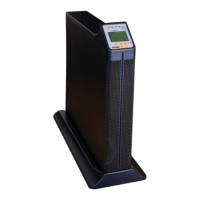
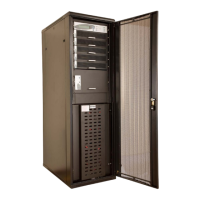
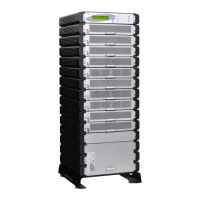
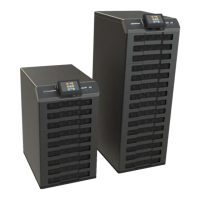
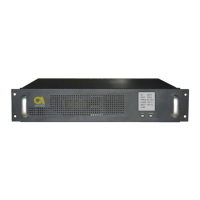
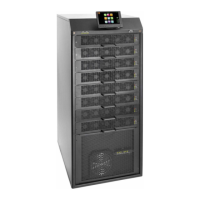
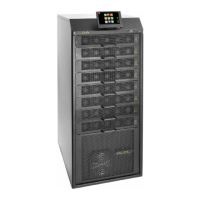
